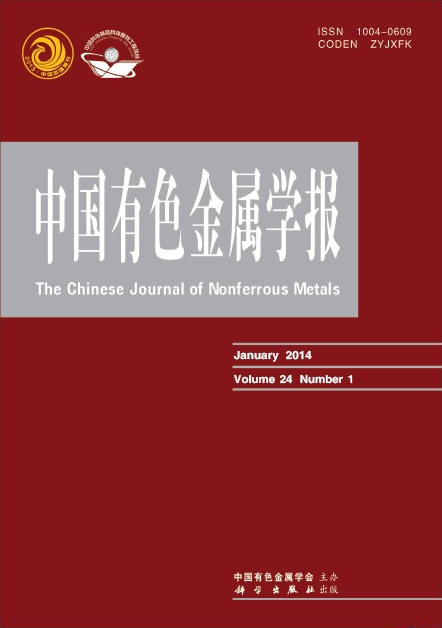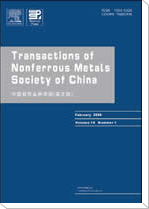中国有色金属学报(英文版)
Transactions of Nonferrous Metals Society of China
| Vol. 35 No. 8 August 2025 |
(1. Institute of Advanced Wear & Corrosion Resistant and Functional Materials, Jinan University,
Guangzhou 510632, China;
2. Guangdong Provincial Key Laboratory of Metal Toughening Technology and Application, National Engineering Research Center of Powder Metallurgy of Titanium & Rare Metals, Institute of New Materials, Guangdong Academy of Sciences, Guangzhou 510650, China;
3. State Key Laboratory of Powder Metallurgy, Central South University, Changsha 410083, China)
Abstract:The equiatomic and equimass TiHfMo, TiHfMoNb and TiHfMoNbZr alloys were prepared, and their microstructure, mechanical properties and bio-corrosion behaviors were systematically investigated. The results demonstrated that all the multi-principal element alloys (MPEAs) had a single BCC phase structure without any intermetallic compounds. Moreover, the Young’s moduli and hardness of the MPEAs were respectively within the range of 95-126 GPa and 5.5-6.4 GPa, respectively. In simulated body fluids, the MPEAs had excellent resistance to chloride ion attack due to the fact that the passive films consisted of multiple oxides and the surface possessed large contact angles. Compared with CP-Ti and Ti6Al4V alloy, equiatomic TiHfMo and TiHfMoNb alloys had a desirable combination of pitting and corrosion resistance, wettability, and wear resistance, and can be utilized as potential candidates for biomedical metallic implants.
Key words: multi-principal element alloy; BCC Ti-alloy; microstructure; mechanical properties; bio-corrosion behavior; passive film


